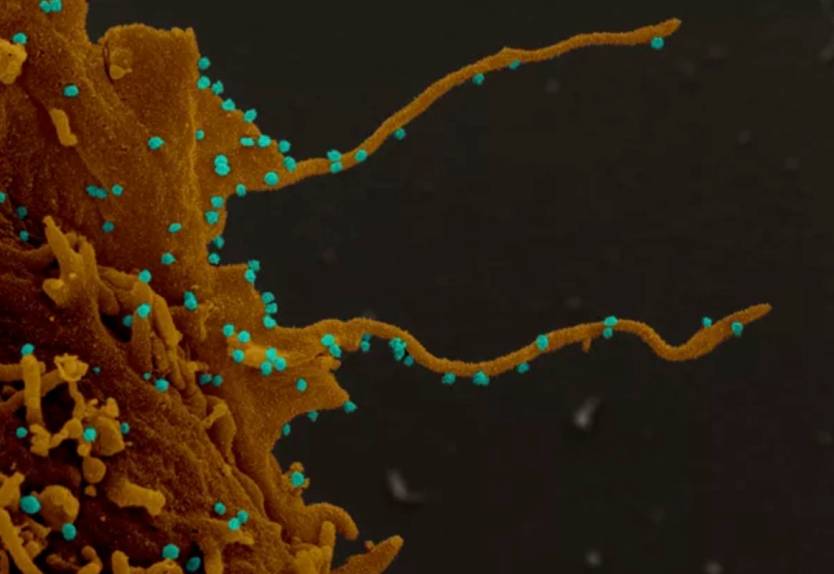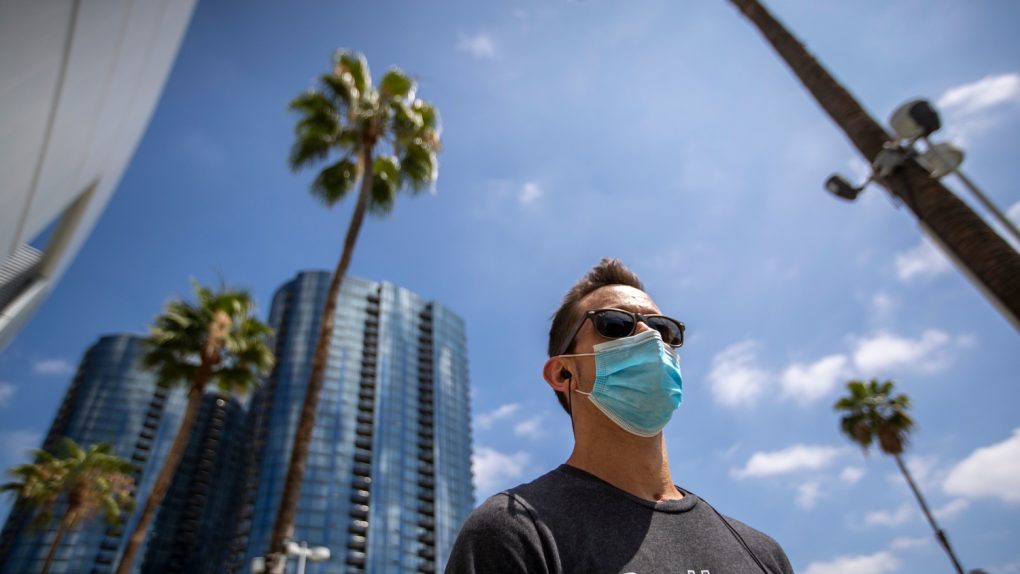- In the search for coronavirus treatments, scientists looked at the changes that take place at the cellular level to identify potential drugs and compounds that could have an antiviral effect.
- The researchers observed that cells can develop tentacles after infection with the novel coronavirus, as well as other modifications affecting kinase enzymes inside the cell.
- At least seven compounds were found to have an antiviral effect on the COVID-19 virus, with the team of researchers identifying 87 potential compounds.
The novel coronavirus is an incredible piece of biological machinery. It can survive for hours in the air, it can easily infect hosts by binding to a specific receptor, and it can take over individual cells to create thousands of replicas, which then proceed to infect other neighboring cells. Even worse, you might never even know if you’re infected. Symptoms can take days to appear, if they ever show up, during which time you can spread the virus to other people. That’s why you must wear a mask, as it can reduce transmission significantly.
But I digress. It turns out that SARS-CoV-2 may have another “power.” The virus makes cells grow tentacles, which sounds incredibly scary. However, it’s not that unusual for cells to develop tentacles, but the coronavirus does seem to facilitate that growth. Researchers have taken microscopic photography to highlight the abnormal growth while observing the various changes that occur inside infected cells and looking for potential therapies to stop COVID-19.
Researchers infected monkey kidney cells in a lab and then used special equipment to capture images of the virus in action, per Newsweek. They observed the virus triggered the growth of filopodia, which are thin protrusions of a cell that are rich in a protein. These tentacles also act as antennas for cells to probe their surroundings.
The cells already know how to grow these appendages and do so regardless of whether an infection is present. However, the images below show that the tentacles are dotted with virus particles, colored blue to make it clear where the coronavirus is in these images compared to healthy cell tissue. The authors explained in a paper in Cell that the protrusions were “significantly longer and more branched” than in healthy tissue.

The research also found that the virus can interfere with a particular type of enzyme found in cells called kinase that may be involved in several cellular activities, including cell division.
“The virus prevents human cells from dividing, maintaining them at a particular point in the cell cycle,” co-author Pedro Beltrao told Newsweek in a statement. “This provides the virus with a relatively stable and adequate environment to keep replicating.”
The scientists used their research to find eighty-seven potential drugs and compounds that could target the kinases identified to suffer changes after infection. Some of these are FDA-approved, while others are investigational drugs that are either in pre-clinical phases or in human trials. The paper indicates several kinase inhibitors that could have a strong antiviral effect, including silmitasertib, gilteritinib, ralimetinib, MAPK13-IN-1, ARRY-797, apilimod, and dinaciclib. The researchers used human lung cells alongside monkey cells to study the effects of the drugs.
More research is required to determine if and how any of these drugs could help cure COVID-19 in the future. Silmitasertib is already being considered for human testing as a potential COVID-19 treatment.
“Kinases possess certain structural features that make them good drug targets,” Beltrao said. “Drugs have already been developed to target some of the kinases we identified, so we urge clinical researchers to test the antiviral effects of these drugs in their trials.”








